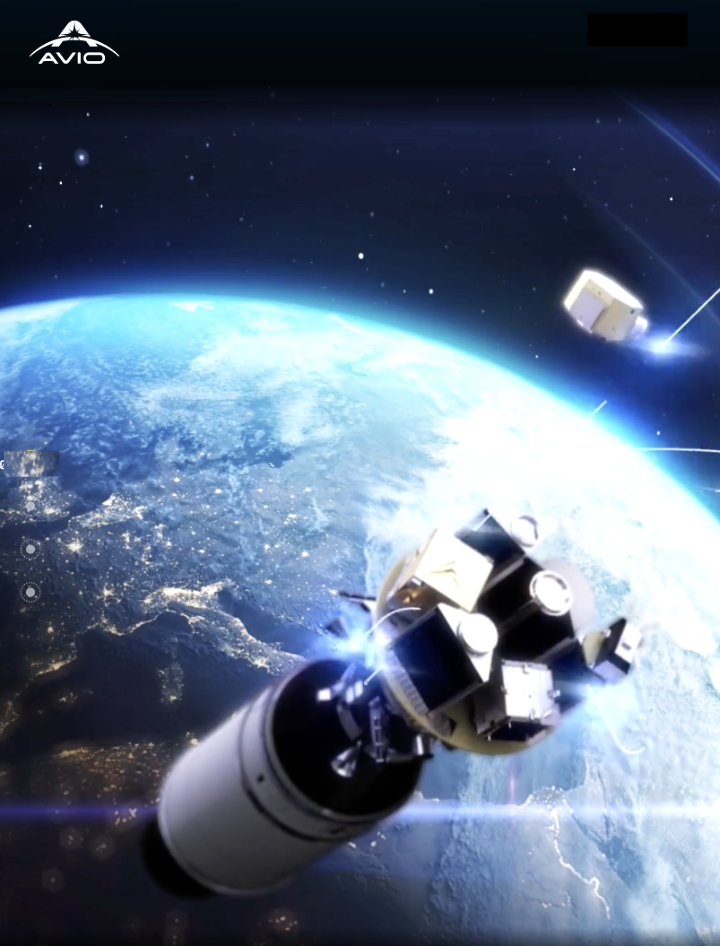
ESA’s Ariane 6 and Vega-C will soon join the family of launch vehicles operating from Europe’s Spaceport in French Guiana to guarantee more opportunities for Europe to reach space.
The P120C motor, which will power both Ariane 6 and Vega-C, will soon come into operations with the Vega-C inaugural flight.
The ‘C’ stands for ‘common’ as P120C will be used as the first stage of Vega-C and two or four will be used as strap-on boosters for Ariane 6. To successfully develop a motor for use on two very different launch vehicles is a pivotal achievement of European industry. This strategy reduced development costs, benefits from economies of scale, and creates an opportunity for Europe to scale up production.

The P120C motor is ESA’s new solid propulsion workhorse. The P120C will burn for about 130 s using 142 t of fuel to deliver a liftoff thrust of about 4500 kN. It was developed by Europropulsion, which is owned jointly by Avio and ArianeGroup.

P120C is 13.5 m long and 3.4 m in diameter. Its 25 cm-thick monolithic casing is made using carbon composite material at Avio in Italy. ArianeGroup in France developed the advanced P120C nozzle, while Nammo in Norway provided the igniter.
Efficient production methods have shortened production cycles and optimized costs. Increased power for increased competitiveness with P120C+ The qualification model of the P120C motor for Ariane 6 completed its hot firing on October 7, 2020, at Europe’s Spaceport.
Plans for a more powerful version of this motor, called the P120C+, are already in motion. The increased performance and competitiveness will better respond to evolving institutional and commercial demand requiring versatility improvements.
With an extra 14 t of solid propellant in a casing that is extended by about one meter, the P120C+ enables extra payload capacity. This would make the Ariane 6 and Vega-C vehicles more competitive and versatile, extending the range of mission opportunities. The new motor would replace the P120C for use on both Ariane 6 and Vega-C.
The P120C+ plan will be part of proposals submitted for consideration at the ESA Council Meeting at Ministerial Level this year.
“The P120C solid rocket motor will allow both Ariane 6 and Vega-C to lift off from Earth. With P120C+ we will further improve the launch capability and cost efficiency of both launch vehicles, enhancing the launch services for European institutional missions,” said Daniel Neuenschwander, ESA Director of Space Transportation.
